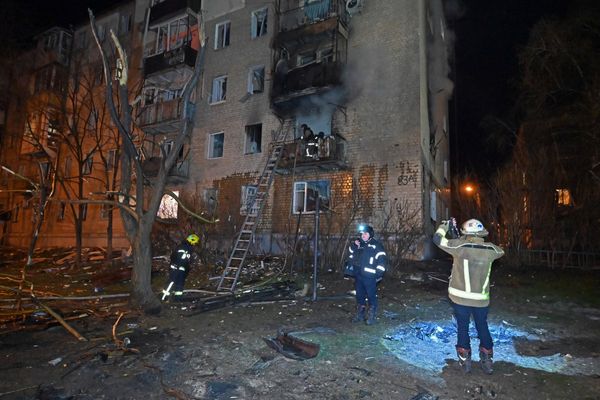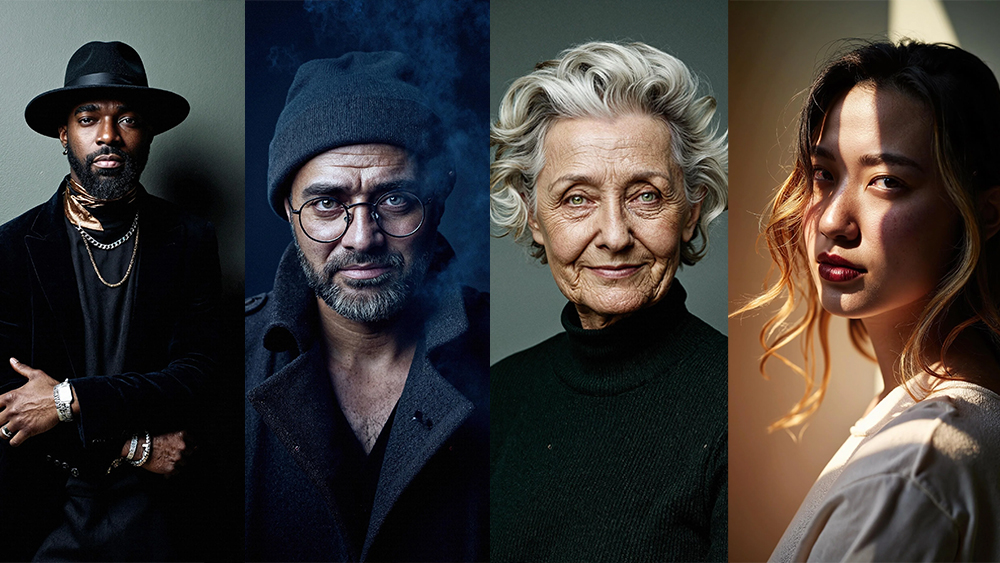
After another 12 months of breakneck developments in AI, we've reached that moment in the year where we traditionally pause and ask: what just happened? Only two years ago we wrote about how AI was changing photography with the explosion of AI image generators. Then last year, we saw AI become mainstream and start to change photographers' workflows.
In 2024, these developments continued. AI image generators got better and more AI tools came to photo editing software. We saw some attempts to introduce transparency for the new medium but also potential challenges for photographers.
Here I'll recap the main developments in AI in photography in 2024 and consider where things might go next…
That looks like AI… or does it?
Feel the difference between using Flux with Lora(from XLab) and with no Lora. Skin, Hair, Wrinkles. No Comfy, pure CLI. from r/StableDiffusion
By the end of 2023, some of the best AI image generators could already generate images that could sometimes be hard to distinguish from photographs. Things took another huge leap forward in 2024.
With Black Forest Labs' Flux, people have been generating highly realistic results made possible through the use of fine-tuning scripts called LoRAs (Low-Rank Adaptations) – additional custom weights that can provide extra detail. Enthusiasts tinkering with open-source Flux on their own computers began developing their own LoRAs to achieve specific styles – for example, hyperrealistic portraits (see below).
There are still giveaways like nonsense text and sometimes strange anatomy or lighting, but we're getting closer to a world where the camera is no longer the only way to produce an image that looks like reality.
Flux Dramatic portrait V1 from r/StableDiffusion
Things will surely advance further in 2025. Interestingly, some developers continue to refer to 'photoreal' as the holy grail to aim for. Google plugged its Imagen 3 by demonstrating its ability to generate vintage-looking "Polaroids". But there's also a sense that AI has almost mastered still images and that video is the next frontier.
Google is testing an update its Veo generative video platform that gives the software the ability to “understand the unique language of cinematography” and replicate specific lenses. Meanwhile, Midjourney has even greater ambitions, planning to expand into the generation of 3D VR worlds.
Everyone's a photo editor
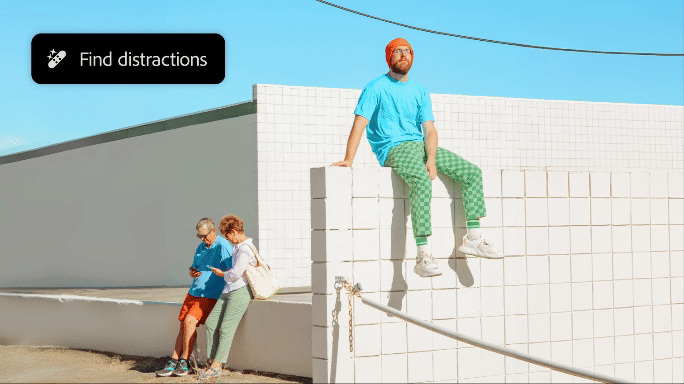
If an image began life as a photo, but the photographer dropped in a completely different sky using AI, added a subject with AI and removed a few trees with AI, how much of the image is still a photo? Compositing has always existed in digital art, but in 2024 it came to people's holiday snaps thanks to the explosion of AI editing tools.
AI tools can now be found in most of the best photo editing software. Photoshop has added fully fledged AI image generation, as well as the existing Generative Fill and Expand, putting text-to-image generative AI in the hands of hands of designers and brands everywhere.
Meanwhile, AI has put basic retouching into the hands of anyone with a smartphone via phone makers' own camera apps, most now having at least rudimentary AI object and background removal.
The result is that photo editing is no longer seen as wizardry, and this is having repercussions. Photographers speak of clients trying to negotiate prices down by saying they'll do the editing themselves, and even clients sending professionally edited images back to the photographer with their own retouching. Ouch!
An AI photo-editing tool for everything
As well as 'generic' AI image generators, there's now a vast array of niche AI editing tools for more specific purposes. There are modular programs like the Retouch4me apps for retouching, and Topaz's denoising and sharpening tools.
There are tools like renderspace.co to virtually stage shots of interiors with furnishings, there are more apps for generating AI headshots for CVs than the world could possibly need, and there are apps like Pincel that can put a clothing brand's garments on an AI model, potentially taking work from both photographers and models (sorry, if this is all putting a downer on your holidays).
Photos that move… but aren't video
JFC @OpenAI #sora is pretty wild. I took this photo a couple summers ago and put it to motion with Sora. It is amazing how it can bring an instant of time alive. The photo is a limited edition of 10 on @exchgART Check out the link below. 👇👇 pic.twitter.com/cm08NPYQMHDecember 13, 2024
AI is influencing social media trends, too. You'll have seen those AI 'videos' cropping up in your feeds. AI video generators like Runway and Sora are blurring the line between photography and video (blur often being the operative word), by adding movement to still images.
The results can be pretty horrendous, but the tech will continue to improve, and possibly cement the shift towards a preference for moving over still images on social media while also potentially changing workflows for those who work with mixed media.
Brands decide that AI is good enough
AI image generators have been easily available for a couple of years, but big brands have largely steered clear. There were too many doubts about copyright and the fear of a negative public reaction. That started to change in 2024.
We've seen media outlets use AI imagery to illustrate articles and brands using AI-generated visuals for everything from social media content to posters and websites. Even Coca-Cola remade its famous Christmas commercial using AI-generated video (yeah, so much for "the real thing").
Nevertheless, AI imagery hasn't exactly been embraced by the public. Brands as varied as Lego, Netflix, Skechers, Transport for Ireland and the Tedeschi Trucks Band have been pilloried on social media for using AI art, showing that it's still risky for a brand to use AI for finished assets.
Instagram's AI tag upsets everyone
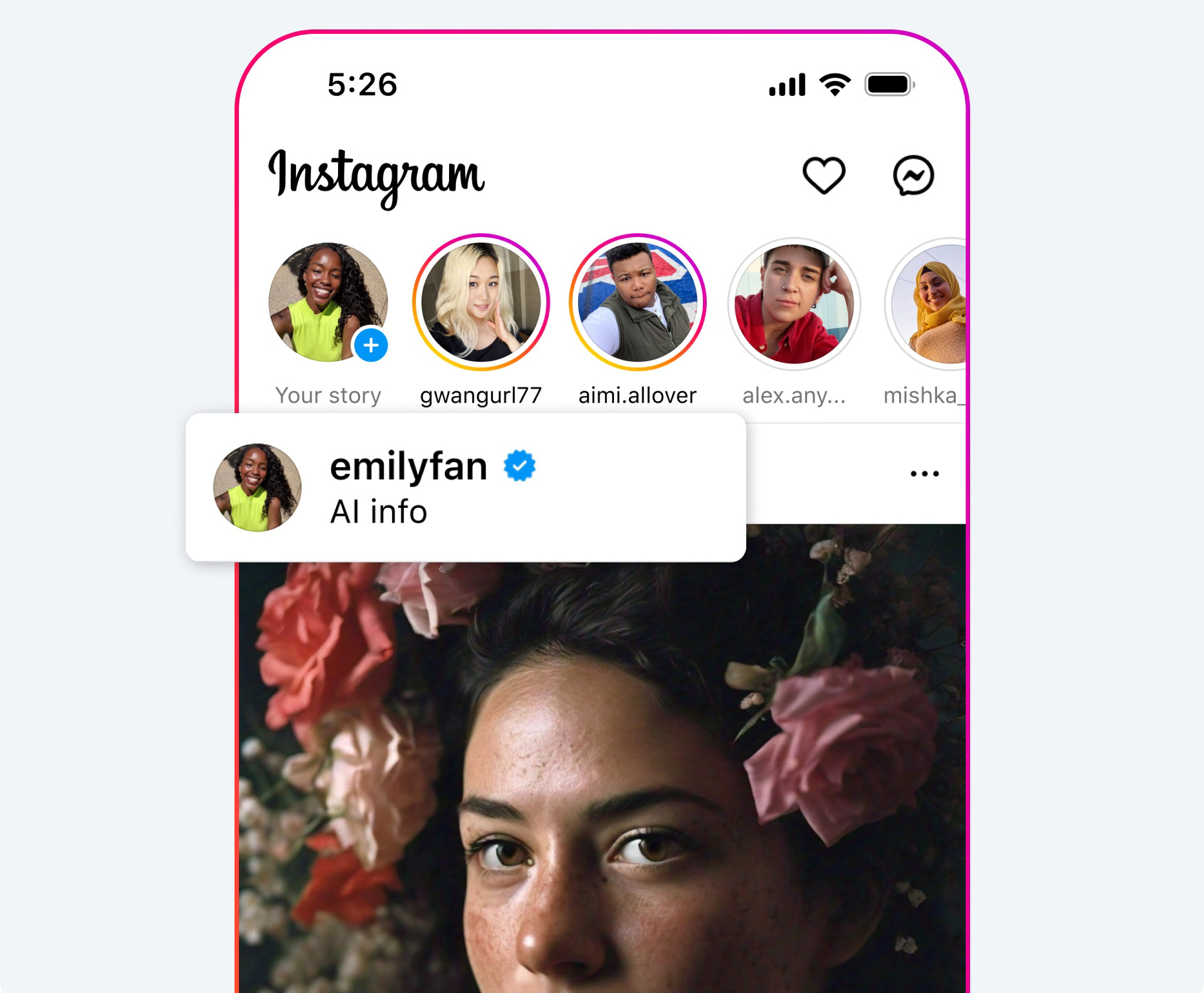
In 2024, Instagram and Facebook made a half-hearted attempt to address the controversy around AI content on social media by introducing a 'Made with AI' tag. It immediately upset some photographers who felt their use of AI editing tools to be too minor to warrant such shaming. So Instagram fudged things even more, changing the wording to "AI info", sparking a debate over how much AI is too much AI.
There are other problems. Meta doesn't automatically flag AI content unless it has Content Credentials applied, so it's down to users to be honest and apply the tag themselves. Like anyone's going to do that! Perhaps in 2025, we'll need to consider if things should be the other way around. A 'Made by a human with a camera' tag could raise traditional photography above AI content.
Photographers search for alternatives
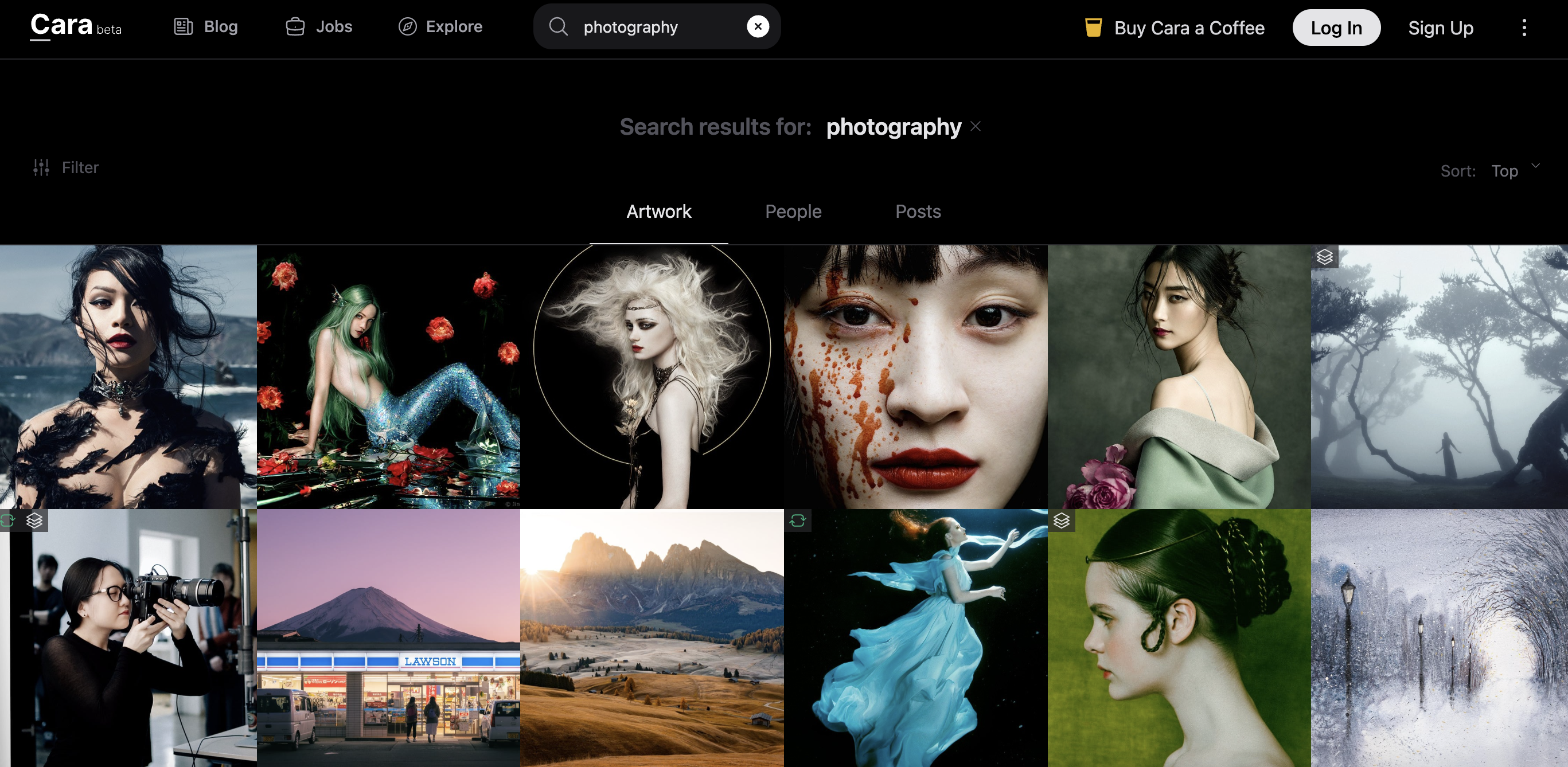
Instagram has been the social platform of choice for many photographers, and even spawned whole new forms of photography with the rise of the photographer-travel influencer. But with AI – and AI influencers – now filling feeds, it's becoming harder for photographers to actually get seen.
Meta's policies allowing it to use imagery from public accounts to train its own AI image generator were the final straw for some. The question is where to go instead. Cara has emerged as a popular alternative among artists thanks to its ban on AI content, ban on AI training, and the option to add Glaze (which feeds inaccurate information to AI) to your work. It's open to photographers, too, but it doesn't have a wide audience beyond artists.
Check out our recent guide, which social network should photographers be using in 2025?, for the full rundown.
Hail the robot photographer
Say cheese! We introduce PhotoBot, a framework for fully automated photo acquisition based on an interplay between high-level human language guidance and a robot photographer. PhD candidate @OliverLimoyo will present this work at #IROS2024!Paper: https://t.co/DHGFvfOKJf pic.twitter.com/BPrxDkMxlDOctober 3, 2024
With AI now helping to edit photographs, some people think it can also help take them – and I don't just mean in-camera AI tools like eye autofocus. Researchers developed PhotoBot as an experiment to do away with tripods and timers. Using a visual language model, an object detector, and a large language model (LLM) to retrieve reference images relevant to a user's query, it takes instructions, scans the environment and proposes a composition for a shot.
PhotoBot was only an experiment, but it provided a glimpse of how AI could shape photography hardware as well as software. There are more experiments going on, including with tools to automate photography for the creation of 3D visualizations – projects like ActiveSplat, which walks around an indoor space to produce a 3D representation.
Event photographers who think they're in the one segment that won't decline due to AI can look forward to Tesla teaching Optimus to take photos.
And the future?
Some of these advances in AI may be disheartening for photographers, and it's true that AI and photography have a difficult relationship. But it's sometimes also a fruitful one, expanding creative possibilities and speeding up workflows.
Generative AI is undoubtedly putting pressure on the demand for photography in some areas, or at least changing the shape of the market to an extent, particularly in generic stock imagery and product photography at lower levels of the market. We're likely to see more niche AI products continue to put on pressure here.
But it's not all gloom. The fact that "it looks like AI" has become the ultimate insult on social media (whether the image in question is AI or just an overly edited photo) shows that, for many, real photography and about real things retains a premium.
Photographers can differentiate themselves from what AI can deliver by building a personal brand and a narrative around their work while still using AI to make the process easier if desired.
You might also like…
Want to escape digital altogether? Check out the best film cameras (and the best 35mm film to go with them) and the best instant cameras.


